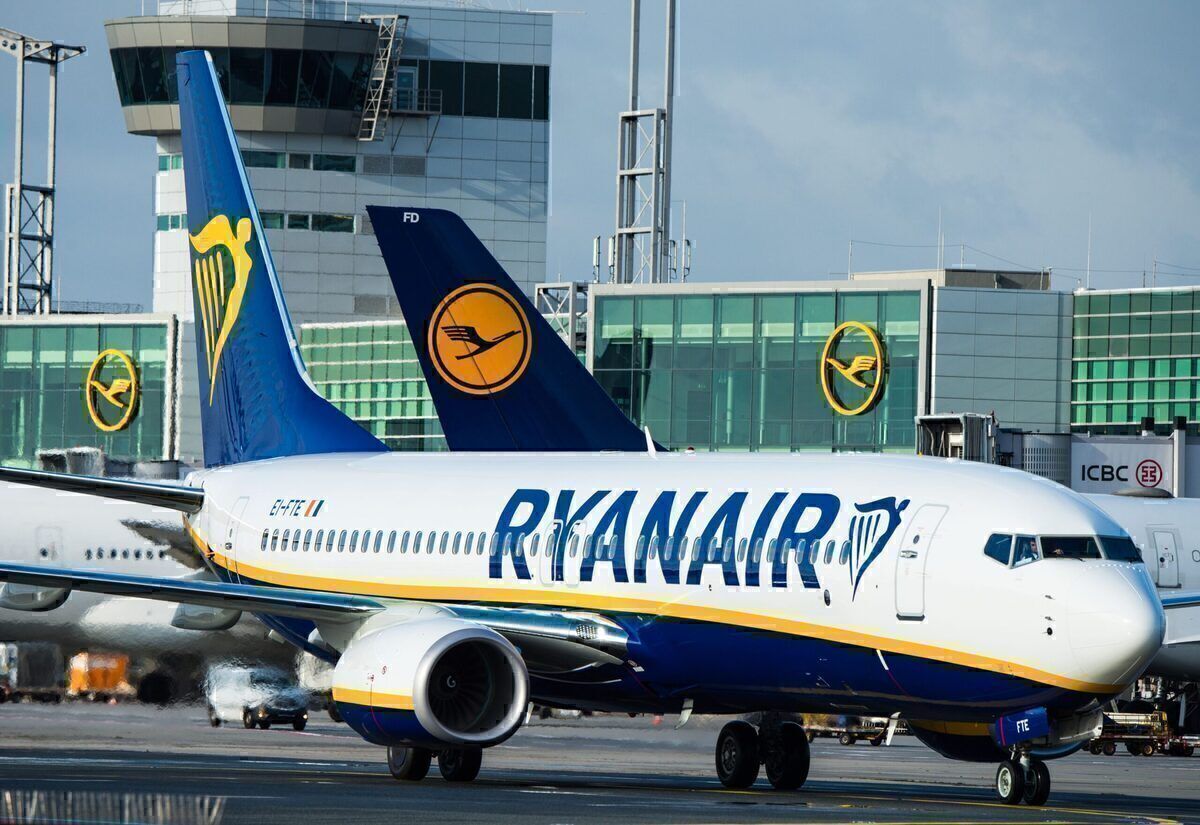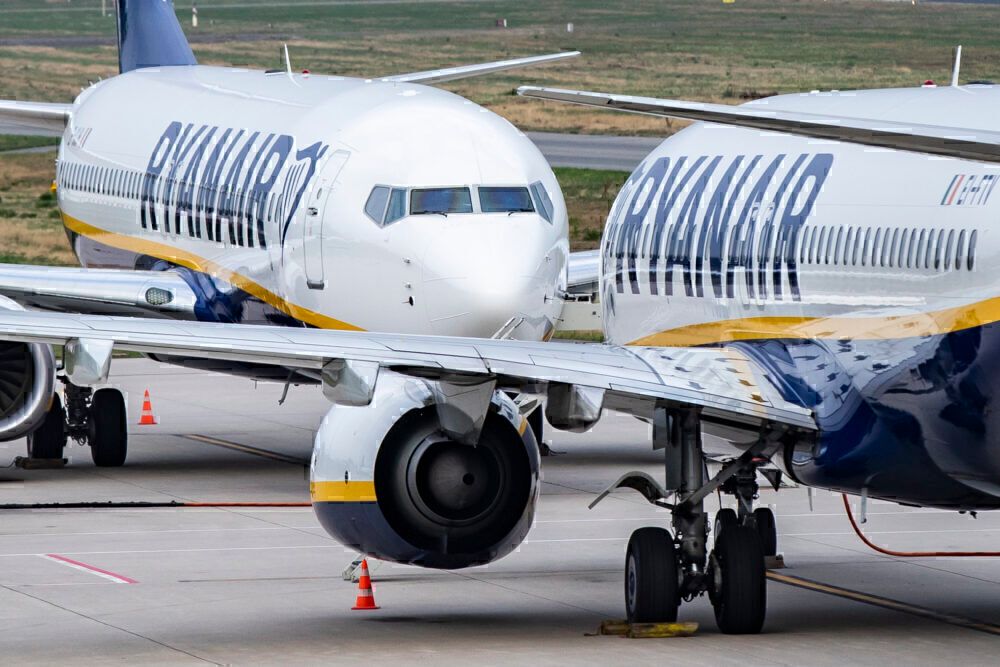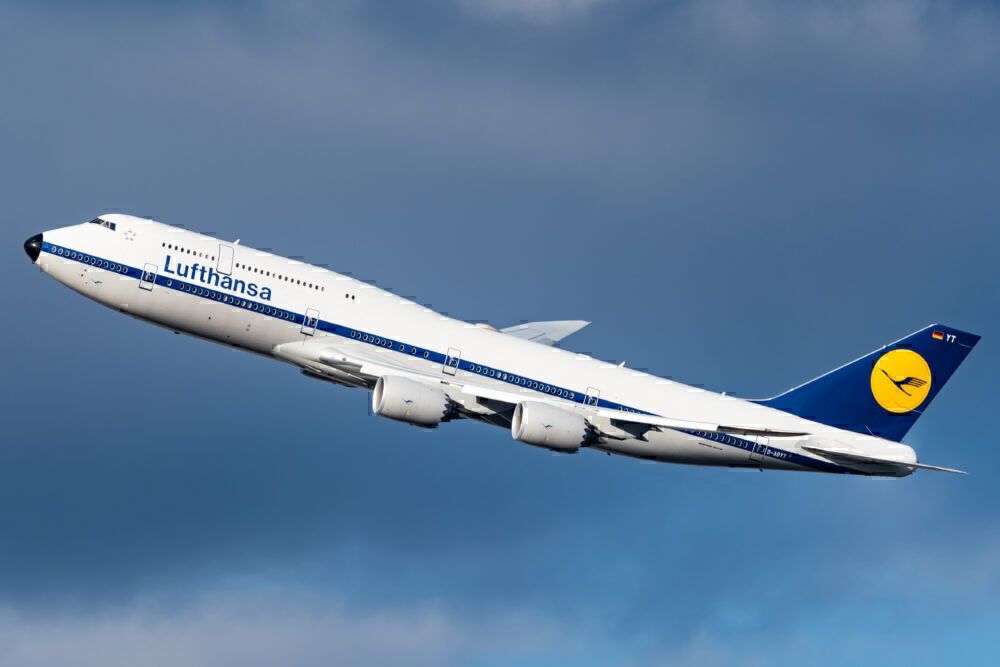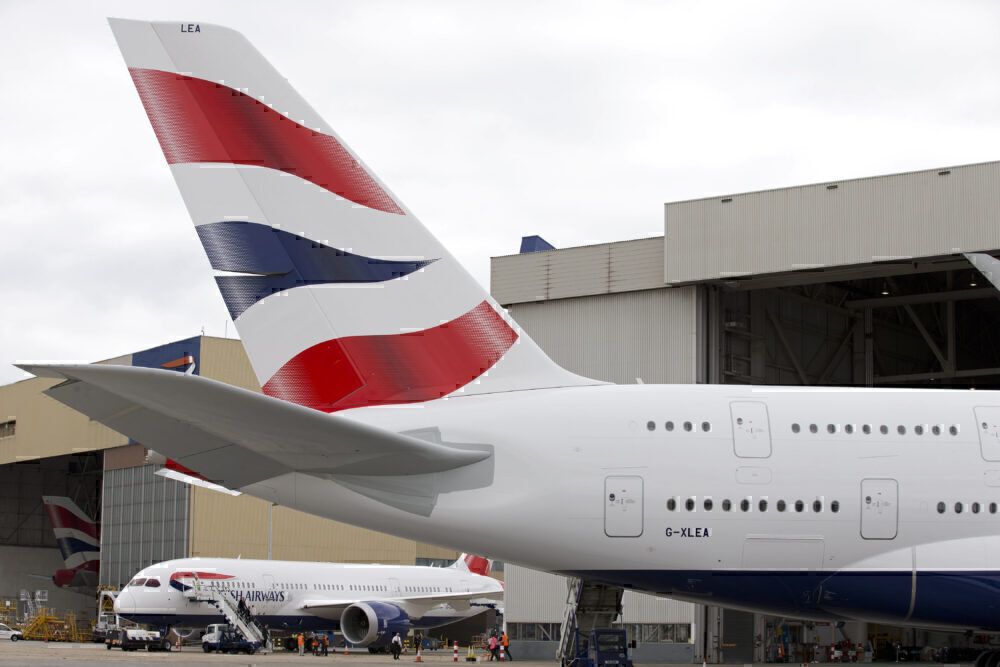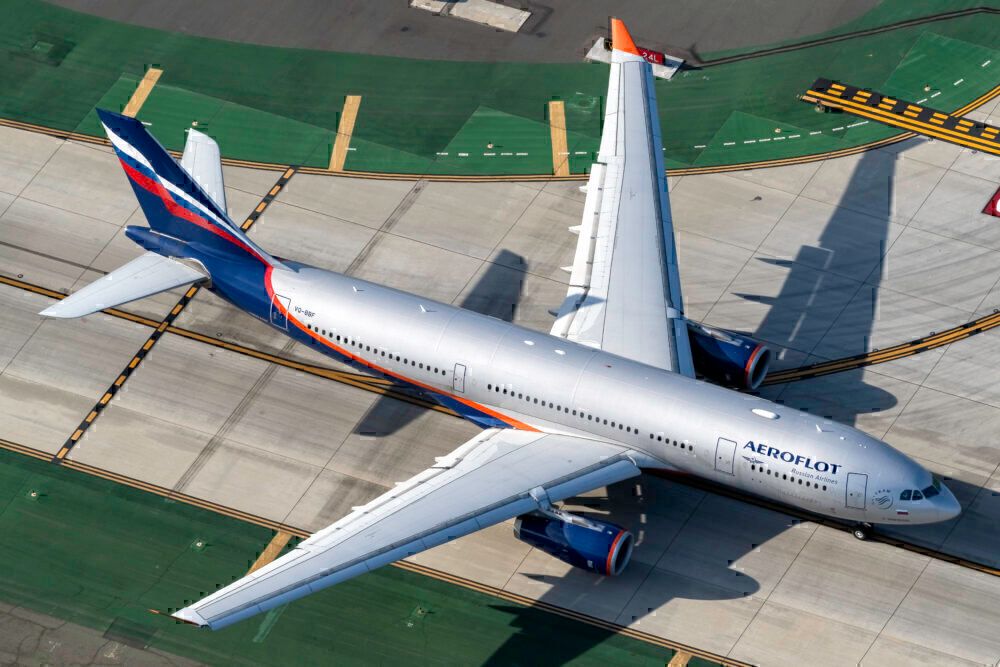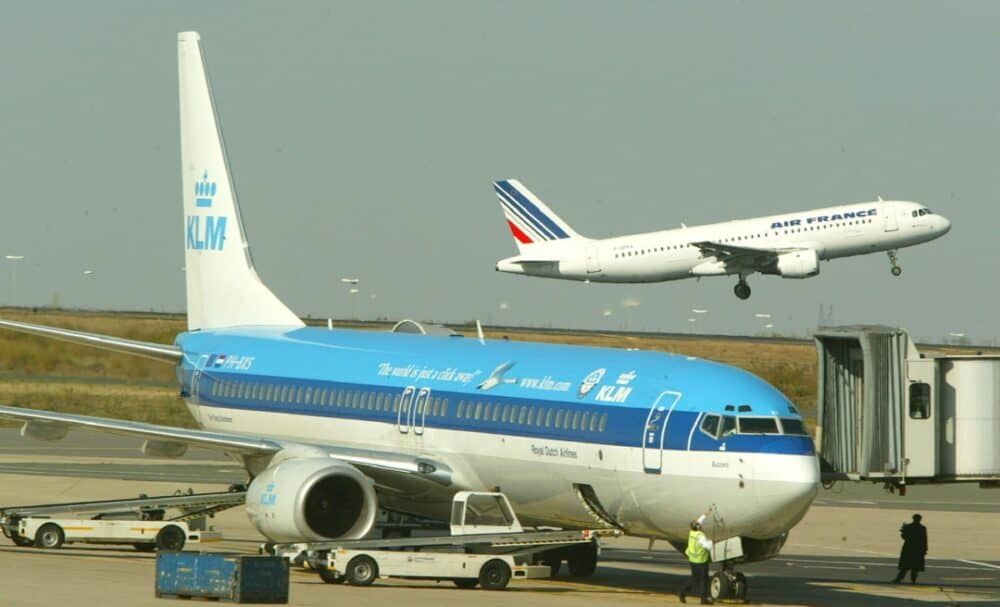No European carrier's fleet comes close to the numbers of some of its colleagues across the Atlantic or in Asia. However, that does not in any way mean that they are small-scale operators. Let's take a look at which European airlines maintain the most sizeable fleets - and how they may have changed due to the ongoing crisis.
To note before we go ahead and present the list is that the data in this article is retrieved from Planespotters.net and updated on December 4th. It includes planes that are listed as parked due to current capacity reductions. Subsidiary fleets (i.e. in the case of Ryanair: Buzz, Lauda, etc) are not included in the count.
Stay informed: Sign up for our daily aviation news digest.
Ryanair
It is actually a tie for the top spot on the list. Both low-cost Ryanair and legacy carrier Lufthansa currently have 266 aircraft each in their fleets. However, Ryanair gets the first mention here as it has more planes listed as "future." In this case, that means that the aircraft is newly built and close to delivery.
Ryanair is, in addition to its 265 Boeing 737-800s and one 737-700, soon expecting 21 Boeing 737 MAXs. When they arrive, Ryanair will have a fleet of 287 Boeing 737 jets. With the EASA signaling it is ready to recertify the model early next year, it may not be long until Ryanair, and its single-type fleet will be the definite European leader in the number of planes.
And the Irish budget carrier does not intend to stop there. Going against the reigning pandemic-grain, the airline announced a new order just yesterday, December 3rd. The new deal with Boeing for an additional 75 of the MAX takes Ryanair's total order for the plane up to 210.
At the time of writing, Ryanair's fleet had an average age of 11.8 years.
Lufthansa
Lufthansa currently also has 266 aircraft in its fleet. The German flag-carrier misses out on the top-top spot as it only has seven aircraft listed as "future," taking its soon-to-be total number of jets to 273. Meanwhile, until the arrivals of the MAXs, Lufthansa still just beats Ryanair in fleet age, with aircraft averaging 11.2 years.
The airline operates a near all-Airbus fleet favoring the A320. It has 61 A320-200ceo and 28 A320neo with two more of the latter on the way. The exception to the all-Airbus set-up is 30 of Boeing's iconic 747s.
As one of the few airlines still operating the passenger version of the jumbo jet, Lufthansa has eleven of the older 747-400s, and 19 of the newest 747-8s. While the 747-400s have not flown since the crisis started, seven of the 747-8s are currently in service.
While it is unclear when, and even if, the older 747s will return to service, Lufthansa will still increase the Boeing share of its fleet as it has 20 of the new 777X on order, and is the launch customer for the model at that.
British Airways
British Airways is not too far behind Ryanair and Lufthansa. In fact, had the prolonged crisis not happened, it may have been in the number one European spot for a little while longer. A full thirty-one 747-400s left BA's fleet in March and April this year. While the carrier had intended to phase out its Queen of the Skies in a not-too-far-distant future, their exits were hastened when commercial aviation was brought to a standstill.
As it is, BA currently has 250 aircraft in its fleet. The short-haul narrowbody segment is entirely covered by Airbus jets, in particular the A320-200, of which it has 67. Another 12 of BA's planes are A320neos, with an additional three nearly ready for delivery. For long-haul, the carrier also has seven A350s and 12 A380s, all of which are currently parked.
Meanwhile, the bulk of its twin-aisle segment is made up of Boeing jets. BA has 57 of the 777 and 32 of the 787. All three variants of the latter are represented as it has two 787-10, and another two of the stretched Dreamliner are due to arrive in London shortly.
Even with the exit of the older 747s, BA's fleet is just a little older than both Ryanair's and Lufthansa's at 12.7 years.
Aeroflot
Aeroflot - Russian Airlines has an internationally manufactured fleet of 239 aircraft, excluding subsidiaries such as its low-cost branch Pobeda. The flag-carrier of the Russian Federation has a very young fleet of 5.6 years of age where no less than three planemakers are represented.
The carrier operates 69 Airbus A320s and 33 A321s, but also 48 Boeing 737s and 53 Sukhoi Superjet 100s. However, all of the Russian-built jets are destined to transfer to Rossiya by 2022 as the carrier will take over many domestic and regional routes from its parent airline.
Its widebody roster is made up of one Airbus A350 XWB with another six on its way to join the fleet, as well as 16 A330s. However, it also has 19 Boeing 777s and is expecting another two to arrive soon.
Air France-KLM
If they were counted together, the Air France-KLM group would, unsurprisingly, claim the top spot for Europe's largest airline. If subsidiaries Transavia and HOP! are taken into account, the group operates close to 450 aircraft. However, for the purposes of this article, we will treat them as the separate entities some speculate they could revert to, following disagreements over government stakes and involvement.
As such, Air France operates a fleet of 217 aircraft, averaging 14.5 years of age. Its Dutch partner-airline KLM has a slightly younger fleet of 11.6 years, much due to the fact that it recently retired its final 747s, which has left it with 118 planes. (While this is still the official number, it includes three 747s that have been converted to freighters and are operated by MartinAir.)
Dynamic numbers
Fleet numbers are always fluctuating, never more so than during the past year which has made airlines rethink and reshuffle as they calibrate capacity with a much different outlook than expected for the next few years.
What do you think, will this list remain largely the same five years from now or will we see a significant shift in the European landscape somewhere along the line? Let us know your thoughts in the comments.

